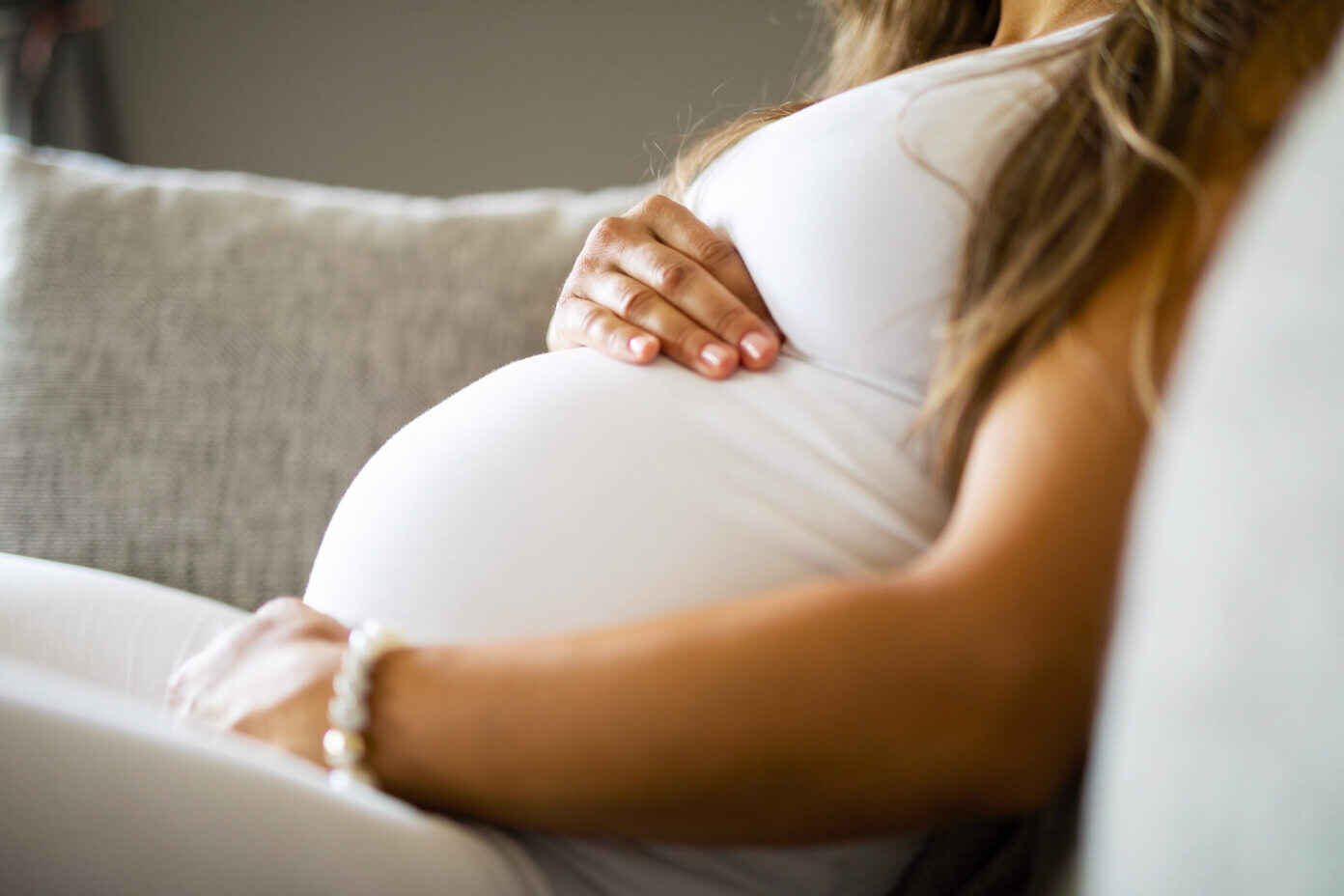COVID-19’s Impact on Childbirth: The Growing Popularity of Out-of-Hospital Deliveries and Barriers to Access
November 17, 2021
Overview
Are hospitals safe places to give birth? Before the COVID-19 pandemic started, most people likely would have answered yes. About 98 percent of births in the U.S. in 2017 took place in a hospital. However, the COVID-19 pandemic changed the meaning of safety in the context of hospitals, which had become home to the most ill COVID-19 patients. As people feared being in health care settings, just a few months into the pandemic, 32 percent of U.S. adults had put off routine medical care and 12 percent had chosen not to seek emergency or urgent care. Pregnant people across the country began wondering whether hospitals were safe options for giving birth, and many turned to out-of-hospital deliveries at home or in freestanding birth centers. People of color were especially concerned about hospital deliveries due to pervasive disparities in maternal and infant health and COVID-19 related outcomes by race.

Concerns over safety and the in-hospital birthing experience amplified when hospitals started limiting the number of guests allowed in delivery rooms, mandating inductions or caesarian sections, and separating newborns from birthing parents suspected of having COVID-19. Restricting guests limits birth support, which can increase the likelihood of the need for medical interventions during labor. Having a partner or doula present contributes to smoother, less medically complicated delivery and brings trusted personal advocates into the room. Unnecessary inductions and caesarian sections make labor and delivery more painful and increase the risk of serious complications. Lack of skin-to-skin contact between the birthing parent and newborn can harm the mental health of the parent and the cardiovascular and immune health of the newborn. Even if a parent has a confirmed case of COVID-19, the World Health Organization recommends skin-to-skin care and breastfeeding based on the significant associated health benefits.
Hospital policies designed to prevent the spread of COVID-19 may ultimately have had a negative impact on newborns and their parents. Additionally, as a result of these policies and out of concern for safety, many families chose to give birth at home or at a birthing center. The increased demand for out-of-hospital deliveries quickly overwhelmed the limited number of birth centers and midwives providing home birth services in the U.S. – highlighting a gap in the country’s healthcare system.
Despite advanced training, midwives and freestanding birth centers face barriers to licensure in many states and receive limited recognition as legitimate practitioners. Sixteen states don’t license professional midwives, and nine don’t license birth centers, and it is difficult to persuade insurance plans to cover the services of an unlicensed provider. Every insurance plan covers hospital births, while only about half of private insurance plans cover out-of-hospital delivery. Birth center services are covered by Medicaid programs in just 33 states and only 21 state Medicaid programs cover home birth services.
Consequently, many families must pay the entire cost of home or birth center delivery out-of-pocket. While costs vary, out-of-hospital deliveries average $4,000 to $5,000 – around three times less than the total cost of in-hospital deliveries, but without the benefit of insurance coverage. They are therefore more accessible to economically advantaged child bearers. Some midwives and birth centers specialize in caring for patients of color, but people of color are much more likely to have prohibitively low incomes, reducing or eliminating their access to this safe alternative to hospital deliveries. As a result, the people who are most likely to benefit from flexible options for childbirth are the same people who are least likely to be able to access those options.
Changes in state licensure schemes and practice regulations could increase access and affordability to out-of-hospital births, and both child bearers and the economy would benefit. Having an additional 10 percent of deliveries take place outside of a hospital would save $11 billion per year without a decline in safety or outcomes. People with typical pregnancies can deliver outside of the confines of a hospital with no or minor complications 80-90 percent of the time.
But out-of-hospital delivery is not for everyone. It is not recommended for people carrying high-risk pregnancies such as those with preeclampsia, diabetes, or a previous caesarian section. Although, even reports claiming that out-of-hospital deliveries are not as safe as those in-hospital acknowledge that the U.S. could mirror the success of out-of-hospital deliveries in other high resource countries by better integrating midwives into the medical system, educating families on their options, and setting patient eligibility requirements. Skepticism of out-of-hospital deliveries still exists, however, and may make state regulators and insurance companies resistant to legal reforms that would make them more accessible and affordable.
Among the many changes brought about by COVID-19, one may be a change in attitude and policies concerning the safety and advisability of out-of-hospital births for many parents. Perhaps the increase in demand for out-of-hospital births following the pandemic will result in safer, more affordable, and more culturally competent and equitable healthcare for parents and their newborns.
This post was written by Brianne Schell, JD, MA, Staff Attorney, Network for Public Health Law – Eastern Region Office.
The Network for Public Health Law provides information and technical assistance on issues related to public health. The legal information and assistance provided in this post do not constitute legal advice or legal representation. For legal advice, readers should consult a lawyer in their state.
Support for the Network is provided by the Robert Wood Johnson Foundation (RWJF). The views expressed in this post do not represent the views of (and should not be attributed to) RWJF.
